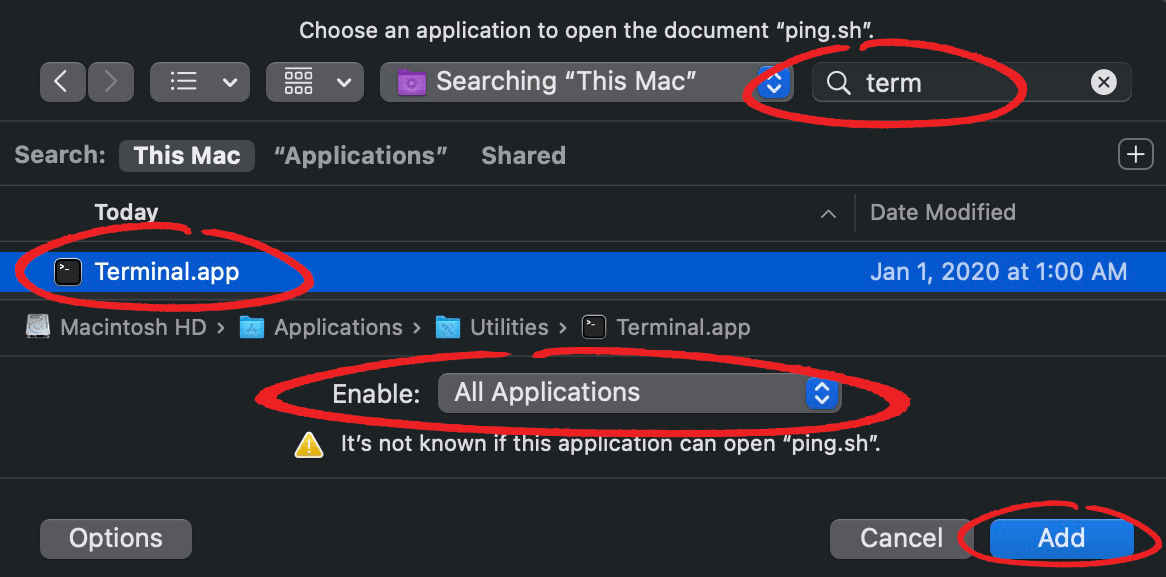


type f \( -name "*cache" -o -name "*xml" -o -name "*html" \) # three patternsįind files that don't match a pattern (-not)įind. iname foo -type f # same thing, but only filesįind. iname foo -type d # same thing, but only dirsįind. iname foo # find foo, Foo, FOo, FOO, etc.įind. name foo.txt # search under the current dirįind /users/al -name Cookbook -type d # search '/users/al' dirįind /opt /usr /var -name foo.scala -type f # search multiple dirsįind.
SEARCH FOR ALL FILES TEXT IN FILES MAC TERMINAL FULL
Almost every command is followed by a short description to explain the command others are described more fully at the URLs shown:įind / -name foo.txt -type f -print # full commandįind / -name foo.txt -type f # -print isn't necessaryįind / -name foo.txt # don't have to specify "type=file"įind. If you just want to see some examples and skip the reading, here are a little more than thirty find command examples to get you started. In this article I’ll take a look at the most common uses of the find command. It can search the entire filesystem to find files and directories according to the search criteria you specify. Besides using the find command to locate files, you can also use it to execute other Linux commands ( grep, mv, rm, etc.) on the files and directories that are found, which makes find even more powerful. Linux/Unix FAQ: Can you share some Linux find command examples?


 0 kommentar(er)
0 kommentar(er)
